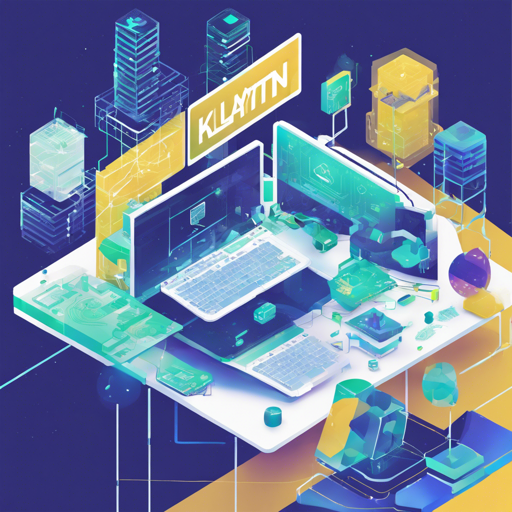Are you ready to dive into the world of Klaytn and harness its blockchain capabilities? This guide will walk you through the process of building and running Klaytn nodes, making your journey as smooth as possible!
What is Klaytn?
Klaytn is a promising blockchain protocol designed to support a range of decentralized applications (DApps) and services. With the recent launch of the Kaia Blockchain, the Klaytn project has shifted its focus towards new open-source efforts, allowing for continued innovation and community contributions.
Prerequisites
Before you can start building, ensure you have the following tools in place:
- Go (version 1.14.1 or later)
- A C compiler
You can install these using your favorite package manager to set up your development environment.
Building from Source
Once you have the required tools, you can build the Klaytn node binaries as well as utility tools using the following command:
make allIf you wish to create specific tools, you can replace all with the specific tool name such as kcn, kpn, etc.
Understanding the Executables
After a successful build, you will find your executable binaries installed in the build/bin directory. Here’s what each binary does:
- kcn: The CLI client for Klaytn Consensus Node.
- kpn: The CLI client for Klaytn Proxy Node.
- ken: The CLI client for Klaytn Endpoint Node.
- kscn: The CLI client for Klaytn ServiceChain Consensus Node.
- kspn: The CLI client for Klaytn ServiceChain Proxy Node.
- ksen: The CLI client for Klaytn ServiceChain Endpoint Node.
- kbn: The CLI client for Klaytn Bootnode.
- kgen: The CLI client for Klaytn Nodekey Generation Tool.
- homi: The CLI client for Klaytn Helper Tool.
- abigen: A source code generator for Klaytn contract definitions.
Running a Core Cell
A Core Cell (CC) consists of a consensus node and one or more proxy nodes that work together to generate blocks in the Klaytn network. To learn how to bootstrap a Core Cell, check out the CC Operation Guide.
Running an Endpoint Node
The Endpoint Node (EN) is crucial for interacting with the Klaytn network from the outside. You can connect to either the Testnet or Mainnet. For detailed instructions, consult the EN Operation Guide.
Running a Service Chain Node
This node functions independently from the main chain and is tailored for specific services. It allows for customized security levels and high throughput service scalability. Although still under development, you can test it out by referring to the Service Chain Operation Guide.
License Information
The Klaytn library code is licensed under the GNU Lesser General Public License v3.0, while the binaries are under the GNU General Public License v3.0.
Troubleshooting
If you encounter issues while building or running your Klaytn node, consider the following troubleshooting tips:
- Ensure that your Go version is compatible.
- Verify that all dependencies are installed correctly.
- Check for proper permissions on the build directory.
For more insights, updates, or to collaborate on AI development projects, stay connected with fxis.ai.
Conclusion
At fxis.ai, we believe that such advancements are crucial for the future of AI, as they enable more comprehensive and effective solutions. Our team is continually exploring new methodologies to push the envelope in artificial intelligence, ensuring that our clients benefit from the latest technological innovations.

